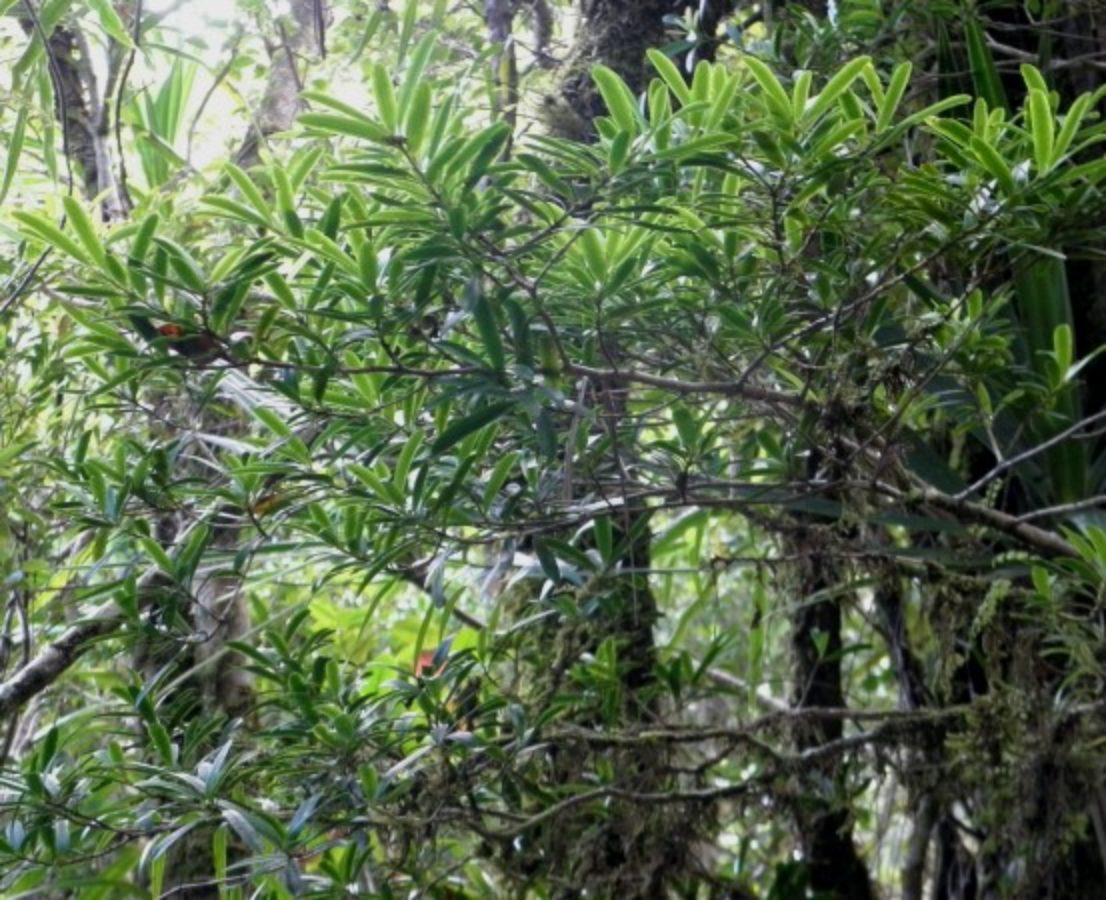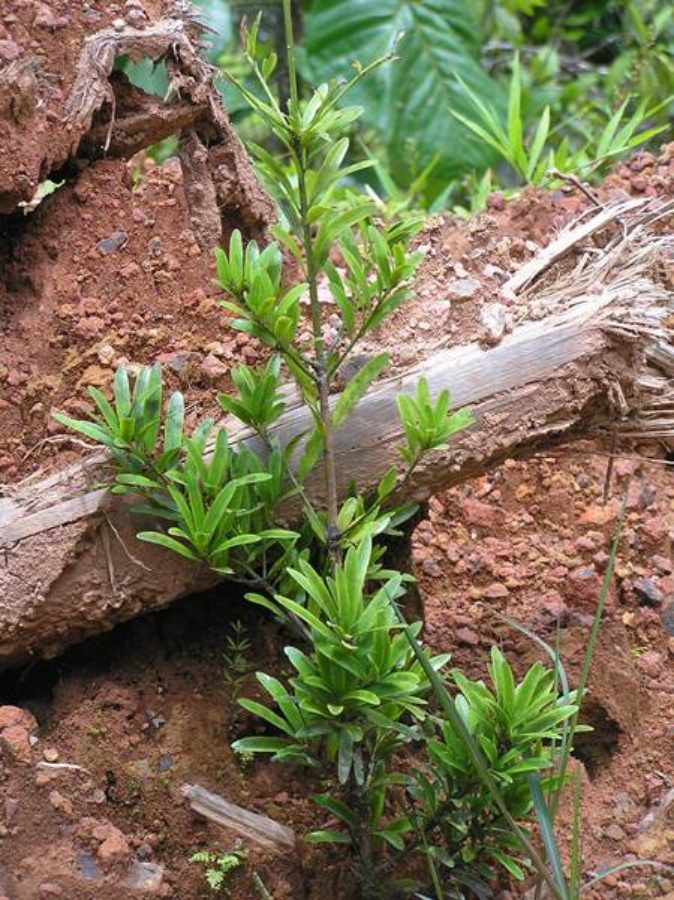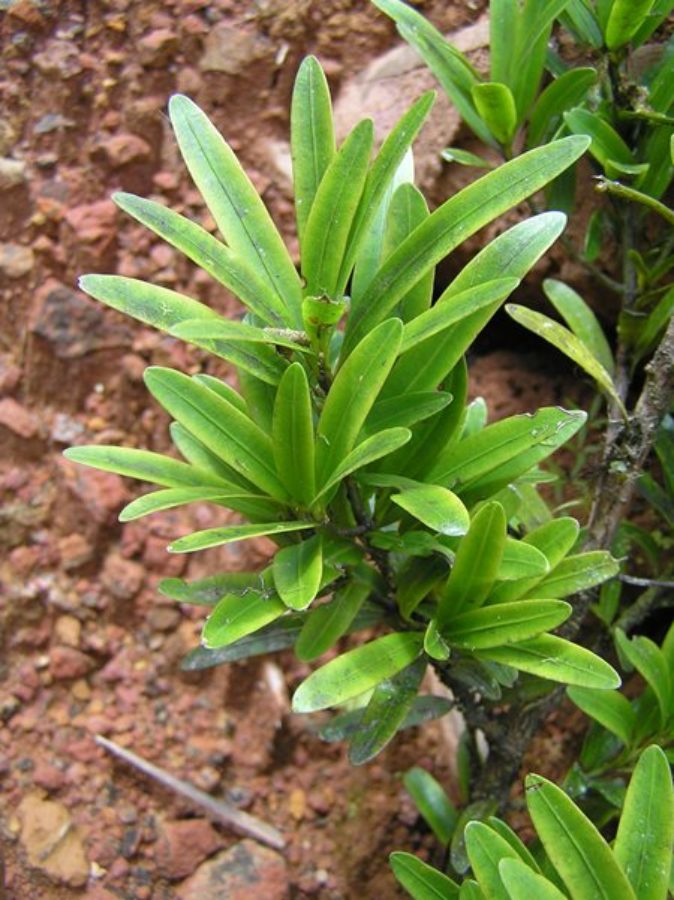Podocarpaceae
Podocarpus affinis
Podocarpus affinis isendemic to one Fijian island. Some parts of its range have ben impacted by forest clearance but the extent of any decline is uncertain.
Human Uses
No specific uses have been recorded for this species
References and further reading
- Keppel, G. (2005). Botanical Studies within the PABITRA Wet-Zone Transect, Viti Levu, Fiji. Pacific Science 59(2): 165-174.
- Keppel, G., A. Naikatini, I. Rounds, R. Pressey, N. Thomas (2015). Local and expert knowledge improve conservation assessment of rare and iconic Fijian tree species. Pacific Conservation Biology 21(3):214-219.
- James, S. (2008). Climate Change Impacts on Native Plant Communities in Melanesia. In: S.J. Leisz and J. Burke Burnett (eds), CCBM Paper 8. Climate Change and Biodiversity in Melanesia. Technical Report 42(8). Bishop Museum
- Ministry of Fisheries and Forests. 2002. Endangered and Protected Species Act 2002 (Fiji)
- Morrison, C. and Nawadra, S. (ed.). (2009). A rapid biodiversity assessment of the Nakauvadra Highlands, Ra Province, Fiji. RAP Bulletin of Biological Assessment 57. Conservation International, Arlington, VA, USA.
- Olson, D., Farley, L., Patrick, A., Watling, D., Tuiwawa, M., Masibalavu, V., Lenoa, L., Bogiva, A., Qauqau, I., Atherton, J., Caginitoba, A., Tokota’a, M., Prasad, P., NaisilisilI, W., Raikabula, A., Mailautoka, K., Morley, C. and Allnutt, T. (2009). Priority Forests for Conservation in Fiji: landscapes, hotspots and ecological processes. Oryx 44(1): 57-70.
- Thomas, P. (2013). Podocarpus affinis. The IUCN Red List of Threatened Species 2013: e.T31053A2801991. http://dx.doi.org/10.2305/IUCN.UK.2013-1.RLTS.T31053A2801991.en. Downloaded on 04 December 2015.
- Smith, A.C. (1979). Flora Vitiensis Nova: a new Flora of Fiji. Pacific Tropical Botanic Garden, Hawaii.
- Tuiwawa, M. (2005). Recent Changes in the Upland Watershed Forest of Monasavu, a Cloud Forest Site along the PABITRA Gateway Transect on Viti Levu, Fiji. Pacific Science 59(2): 159-163.





